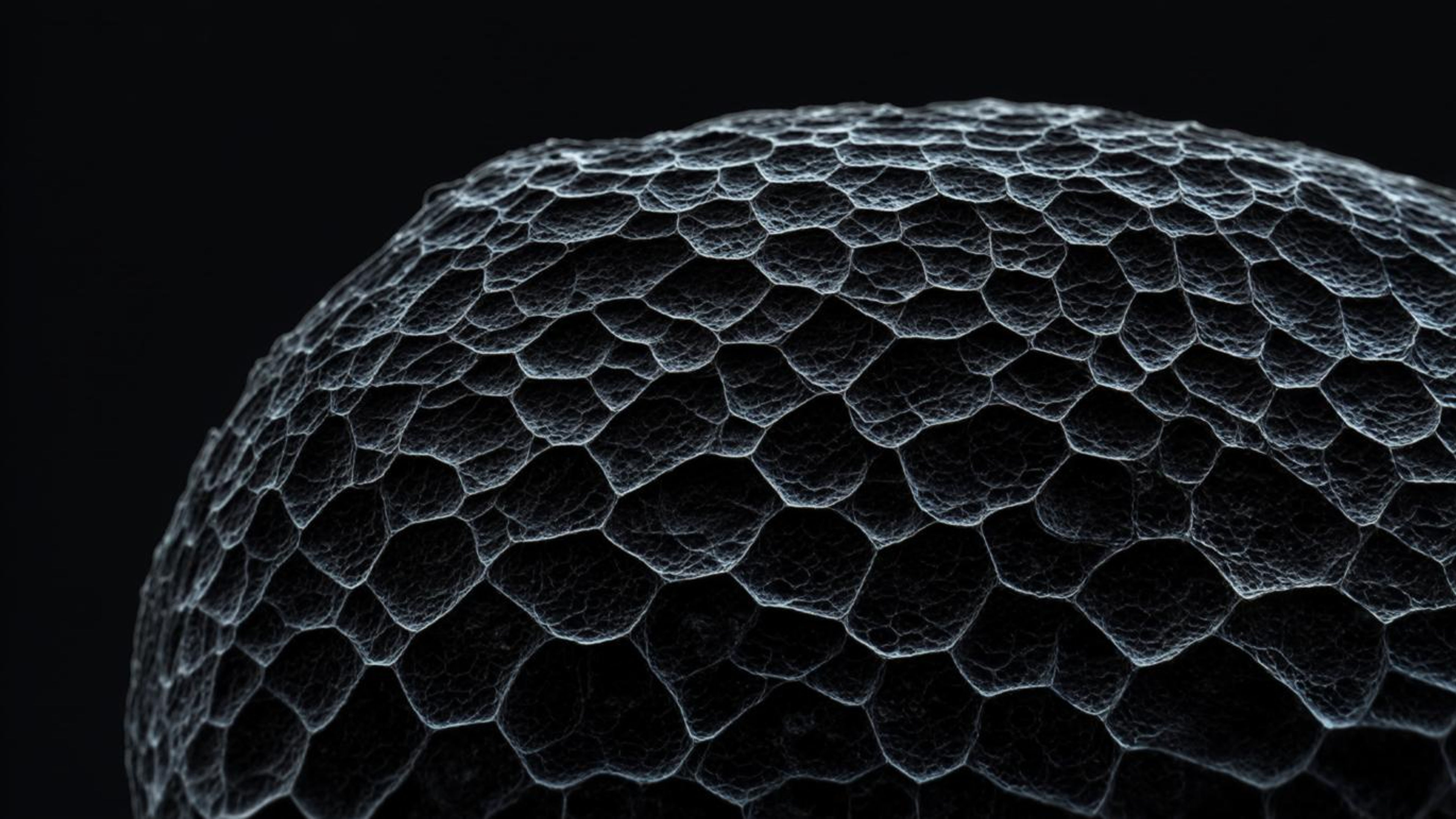
What is Biochar?
Biochar is a charcoal-like substance made by heating organic waste
(such as wood or crop residues) in a low-oxygen environment,
a process called pyrolysis
Unlike ordinary charcoal, biochar is designed to lock away carbon
for thousands of years, enrich soil, and filter toxins
It is one of the most promising tools we have
to fight climate change and restore ecosystems

How It's Made
Biochar is created through pyrolysis, where organic waste
like forestry debris, crop residues, or even old textiles
is heated at high temperatures without oxygen
This transforms the material into a stable form of carbon,
rather than allowing it to decompose or burn and release carbon dioxide
or methane into the atmosphere
The result is a black, porous material that locks carbon in place
for hundreds to thousands of years,
depending on the conditions in which it is applied

Why It Matters
Biochar is one of the few carbon removal tools available today that is:
-
Permanent: Stores carbon in solid form for 1,000 to over 17,000 years
-
Scalable: Can be produced from existing biomass waste streams around the world
-
Multifunctional: Improves soil health, filters pollutants, and reduces methane emissions
-
Traceable: Can be tracked from kiln to application through blockchain and certification systems
In simple terms, biochar takes what would have been pollution
and turns it into a solution

Crafting Biochar

How It’s Used
Biochar has a wide range of real-world applications:
-
Agriculture: Enhances soil fertility, reduces fertilizer use, and improves water retention
-
Animal Health: Added to animal feed or bedding to promote digestion and reduce harmful emissions
-
Construction: Mixed into asphalt and concrete to increase strength and reduce environmental impact
-
Water and Waste Treatment: Captures heavy metals and nutrients from industrial or agricultural runoff Carbon
-
Credit Markets: Generates certified, insured carbon credits that fund future production and climate action

Carbon Sequestration
Biochar stores carbon in a stable form
for thousands of years to mitigate climate change
and promote environmental sustainability

The Impact
-
1 ton of biochar can remove up to 3 tons of CO2e
-
Reduces nitrogen runoff in water by up to 50 percent
-
Improves crop yields by up to 800 percent in degraded soils
-
Used by regenerative farms, municipalities, and global brands to meet sustainability goals

Phases of Biochar
Waste Wood
Collect discarded biomass
from forestry, agriculture,
or urban waste
Biochar
Collect the Biochar.
Now ready to use
Process Wood
Convert waste wood into manageable chips
Applications
-
Agriculture
-
Algae Removal
-
Animal Feed
-
Asphalt
-
Concrete
-
Graphene
-
Oil & Gas
-
Plastics
Pyrolysis in Kilns
Heat the wood in low-oxygen environment
Heals
Air, Water, & Soil

What Makes It Unique
Unlike other carbon removal technologies such as direct air capture or mineralization, biochar:
-
Uses existing waste biomass rather than requiring new resources
-
Can be implemented locally at both small and industrial scales
-
Does not require massive infrastructure or energy input
-
Delivers environmental and economic benefits to local communities
Biochar represents ancient knowledge applied through modern science.
It is one of the most efficient, scalable ways to turn waste into long-term climate repair
Benefits of Biochar

Fights Climate Change
Traps carbon

Grows More Food
Enhances soil

Cleans Water
Filters toxins

The Science of Biochar

_edited.png)

